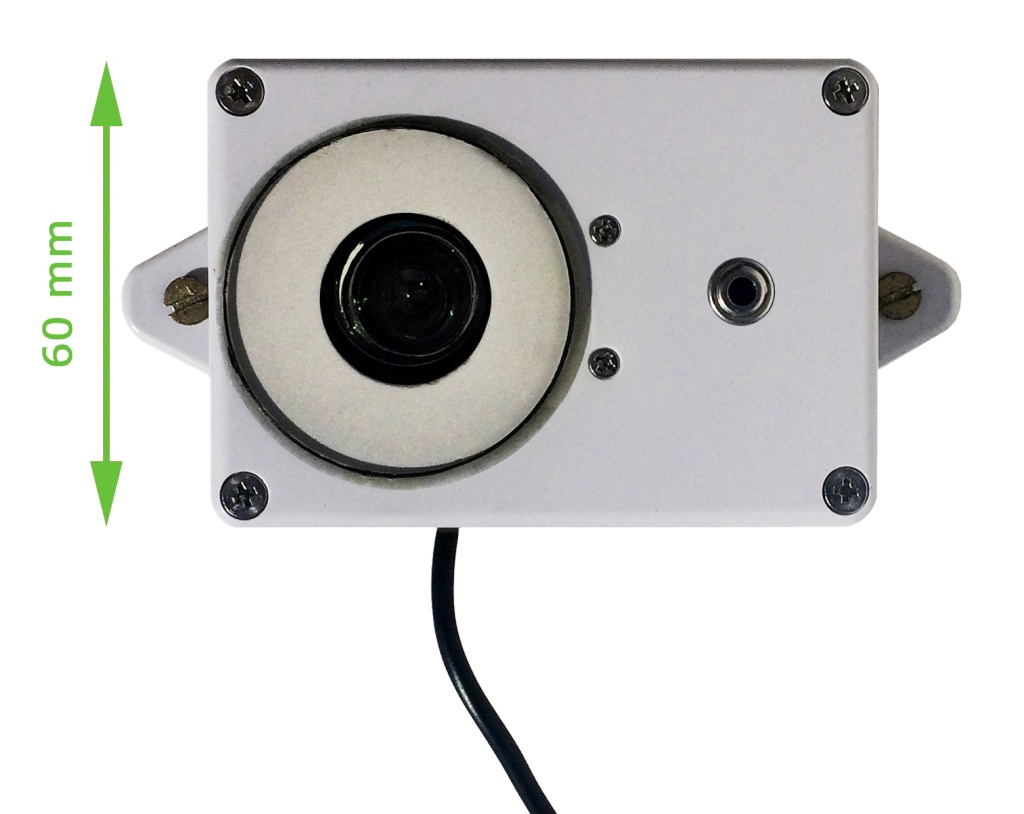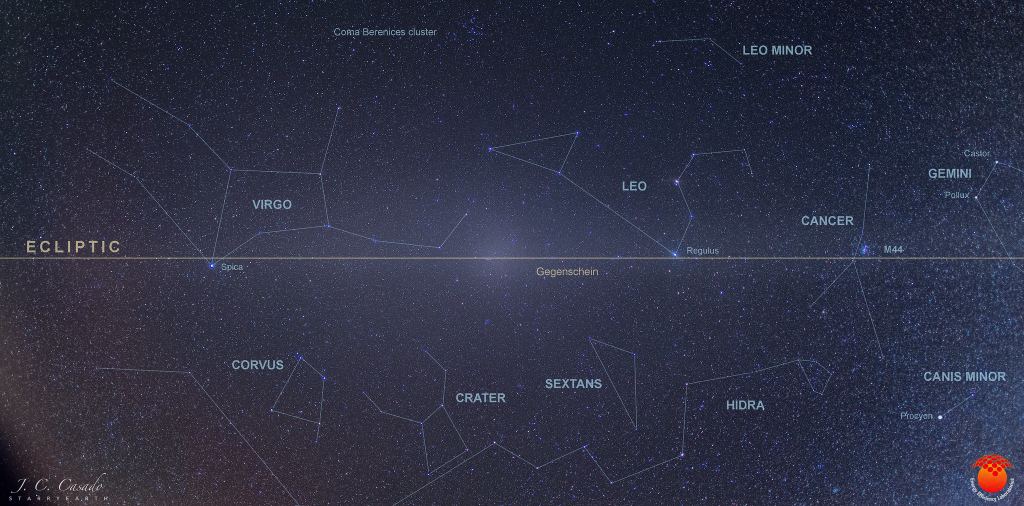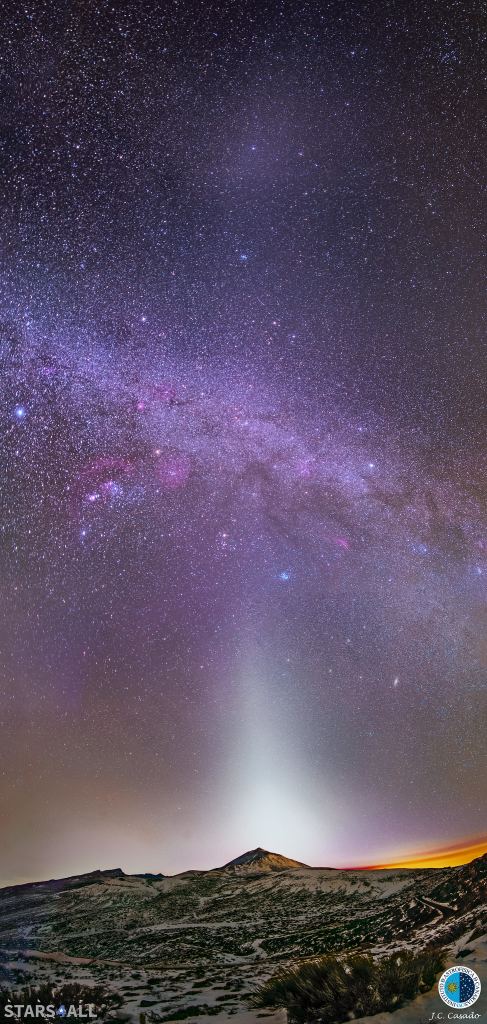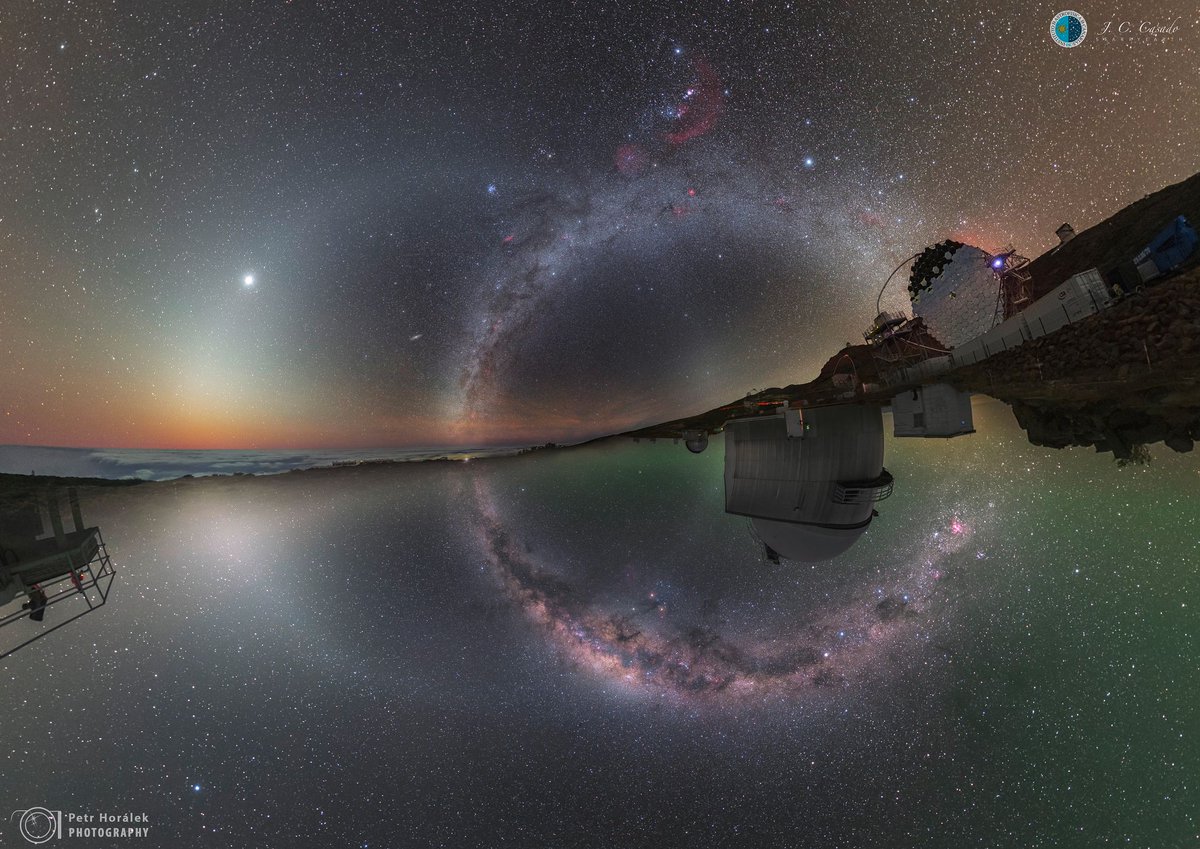Being able to look up at a clear, dark sky is becoming more and more rare in the rich world. Authors, artists, and even scientists have started to express concern about what our lack of daily exposure to a dark night time sky might mean for our psyche and our sense of place in the universe. Now a team has collected photometric data at 44 sites around the world in an attempt to quantify how dark the night sky actually is at different places on the globe. So where was the darkest place surveyed? The Canary Islands.
It just so happens that the lead researcher on the project, Dr. Miguel Alarcón is from that set of islands off the west coast of Africa. The paper he and his colleagues wrote, soon to be published in The Astronomical Journal, used a series of photometers, confusing called TESS (not to be confused with the Transiting Exoplanet Survey Satellite) to try to get a baseline of how dark the night sky is throughout the world.

Credit: TESS / Stars4all
The team collected 11 million points of data from places as far apart as Namibia, Australia, and the US. While this did not include some more popular astronomy spots, such as the highlands of Antarctica, it was a good sample of different conditions. As mentioned above, the Canary Islands had the lowest levels of background light of anywhere studied. Only about 2% of the light in the sky at night comes from artificial light at the Roque de los Muchachos Observatory in Garafia.
However, there are other, natural sources of light pollution that affect different geographies differently. The moon and the milky way are standard features of the night sky and certainly contribute to the natural brightness of it. However, there are other, more variable sources that this study monitored. These include a glow in the upper atmosphere that is caused by a combination of factors, such as the solar cycle, geographical location, and the time of year.

Credit: Juan Carlos Casado
Another source is known as the “gegenschein” or the anti-solar point, directly opposite from the sun in the night sky. This can only be seen in extremely dark places, and the astronomy institute on the Canary Islands (IAC) is one of them.
Just because it has some of the darkest skies does not mean it’s the best place for all observations though. Other factors, such as atmospheric seeing and temperature fluctuations can cause problems with observations. The real take away from this research is that if you truly want to see the night sky as our ancestors did, it might be worth a trip to some islands off the coast of Africa.

Credit: Juan Carlos Casado
Learn More:
IAC – The natural brightness of the night sky
UT – Most light pollution isn’t coming from streetlights
UT – See Light Pollution in Action
Lead Image:
Image of the Roque de los Muchachos Observatory on the Canary Islands (upper part) and the La Silla Observatory in Chile in the lower part. The composition makes the Milky Way appear circular.
Credit: Juan Carlos Casado & Petr Horálek


The composite image comprising images from both the northern and southern hemisphere is quite remarkable. I’m trying to understand it: my guess would have been that the top part was from La Silla and the lowerpart from Las Canarias because of the orientation of Orion. What am I getting wrong? Has there been some mirroring of the images? Also, is the ring of light in which the moon (I presume) appears, zodiacal light or something else? Is there a way to download this image to use as an educational tool? Thank you. Jim Hammond
Hello Jim Hammond.
The upper part of the image is taken from Las Canarias, the lower part from La Silla. You can see M31 Andromeda Galaxy below and to the right of the Moon, and to the left of the Milky Way. It is too far north of the celestial equator to be visible from La Silla. In the lower part you can see Alpha and Beta Centauri below the dome of the telescope, with the Coalsack to the right and slightly above them. Again, they would not be easily visible from Las Canarias being too far south.
The ring of light you mention is indeed the Zodiacal light and follows the plane of the Ecliptic.
The orientation of Orion is an effect of the distortion introduced because the photographers have used extremely wide-angled lenses to take the images.
Hope this helps.
muffie1801 Thanks for the explanation. Of course I should have looked more carefully and seen M31 and the Coalsack and realized the description was correct in the article. Having been in the southern hemisphere a couple of times, including to Chile, I was struck by the upside-down appearance of Orion. All the other features of this wonderful composite image are striking, too. We visited Las Campanas observatory (in the day time) and a small observatory in the Elqui Valley where the airglow was so intense that our tour leader’s claim about us having the darkest sky we had ever seen was hard to believe. The zodiacal light was also very intense that night. Thanks for your reply. Jim Hammond